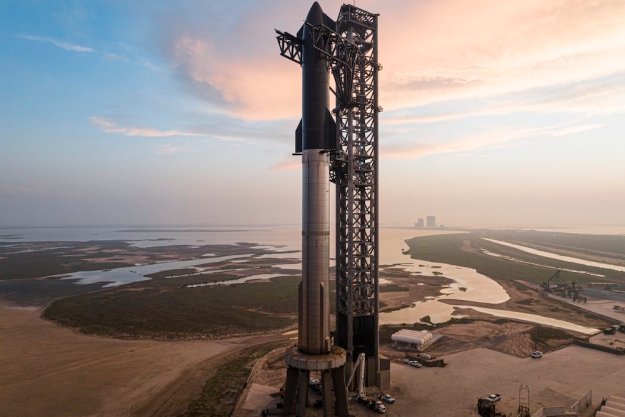SpaceX recently released some stunning footage (below) showing one of its Falcon 9 boosters returning to Earth shortly after launch.
SpaceX has been performing autonomous landings of its first-stage Falcon 9 booster since 2015, but video showing their return usually comes from fixed cameras placed on the rocket and close to the landing spot.
But in this rare footage a camera tracks the vehicle during its final 40 seconds of descent, the booster’s landing legs deploying just a few seconds before it touches down for a perfect upright landing.
Minutes earlier, the first-stage booster had powered the all-private Ax-2 crew toward the International Space Station after launching from the Kennedy Space Center in Florida.
The flight took place on May 21, but SpaceX only released the tracking video of the rocket’s homecoming a few days ago.
SpaceX designed its spaceflight system with reusability in mind. Landing it safely back on the ground allows the company’s engineers to refurbish the booster for future flights, a system that has helped it to lower the cost of missions while also enabling a greater frequency of flights.
SpaceX also reuses the Dragon and Crew Dragon spacecraft used for trips to and from the space station. Also cleaned up for additional flights is the fairing at the top of the rocket that protects satellites prior to deployment.
While most of SpaceX’s rocket landings are now performed flawlessly, there is still the occasional mishap. Its last failed landing, for example, was in early 2021 when an engine issue prevented the booster from reaching the landing spot on a droneship waiting in the ocean off the coast of Florida.
Editors' Recommendations
- A SpaceX Dragon spaceship is carrying lots of fresh fruit to ISS
- How to watch NASA’s private mission arrive at space station
- How to watch SpaceX’s spacecraft take a very short trip on Saturday
- How to watch SpaceX launch mighty Falcon Heavy on Friday
- SpaceX’s Starship launch sparked a fire in a Texas state park


